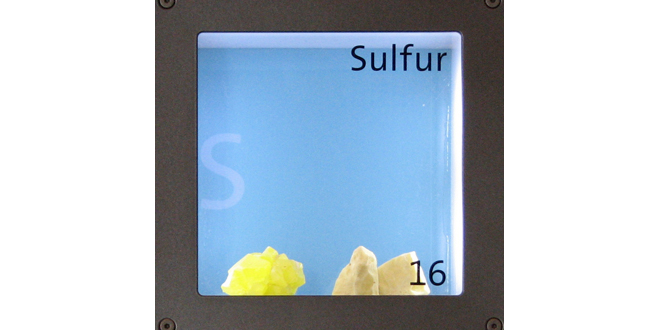A team from the University of Waterloo in Canada and BASF has developed a way to stabilize cathodes in lithium-sulfur batteries, significantly improving performance and cycle life.
Li-S batteries offer high theoretical energy density and low cost, due to the high natural abundance of sulfur. However, the insulating nature of sulfur and lithium sulfides requires the addition of conductive additives, which lowers the active sulfur mass fraction.
Sulfur also tends to dissolve into the electrolyte solution as the battery discharges. Earlier research found that metallic titanium oxide could stabilize the sulfur, but in a new study, published in the journal Nature Communications, Professor Linda Nazar and her research team show that nanosheets of manganese dioxide work even better.
The chemical reaction that stabilizes the sulfur is similar to a process discovered in 1845. “Very few researchers study or even teach sulfur chemistry anymore,†said Nazar. “It’s ironic we had to look so far back in the literature to understand something that may so radically change our future.â€
The approach relies on a chemical process in which a host reacts with the initial lithium polysulfides formed on cycling to form surface-bound intermediates. These in turn function as a redox shuttle to catenate and bind the higher polysulfides, and convert them on reduction to insoluble lithium sulfide.
“Over decades, much effort has been expended to try to solve these problems by trapping the polysulfides within the cathode structure,†said lead author Xiao Liang. “Herein, we present a quite different chemical approach to polysulfide retention in the sulfur cathode, which relies on mediating polysulfide redox through insoluble thiosulfate species in a two-step process.â€
Source: ChargedEVs



